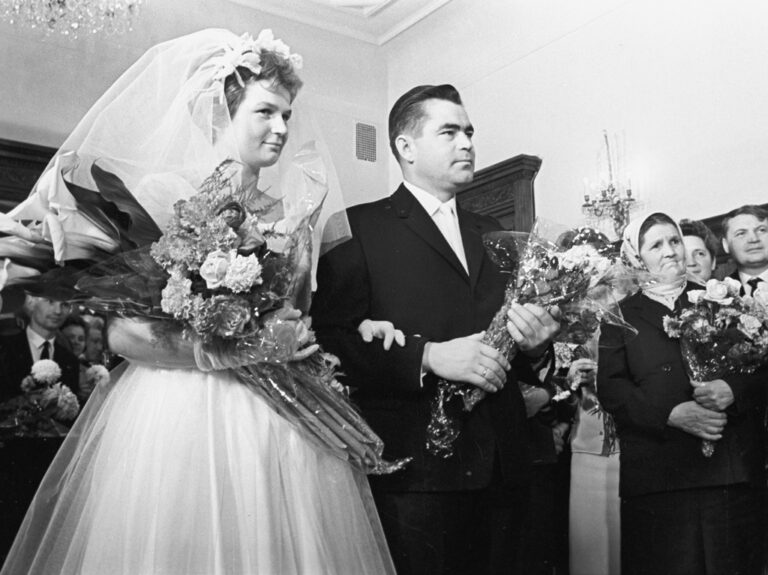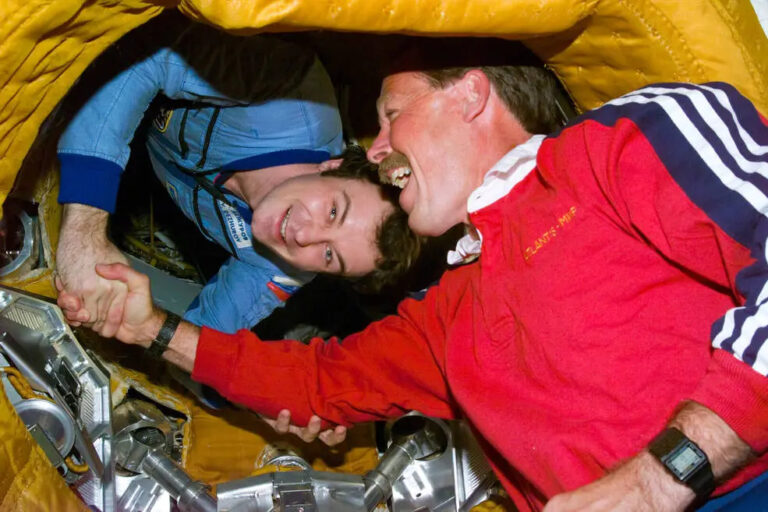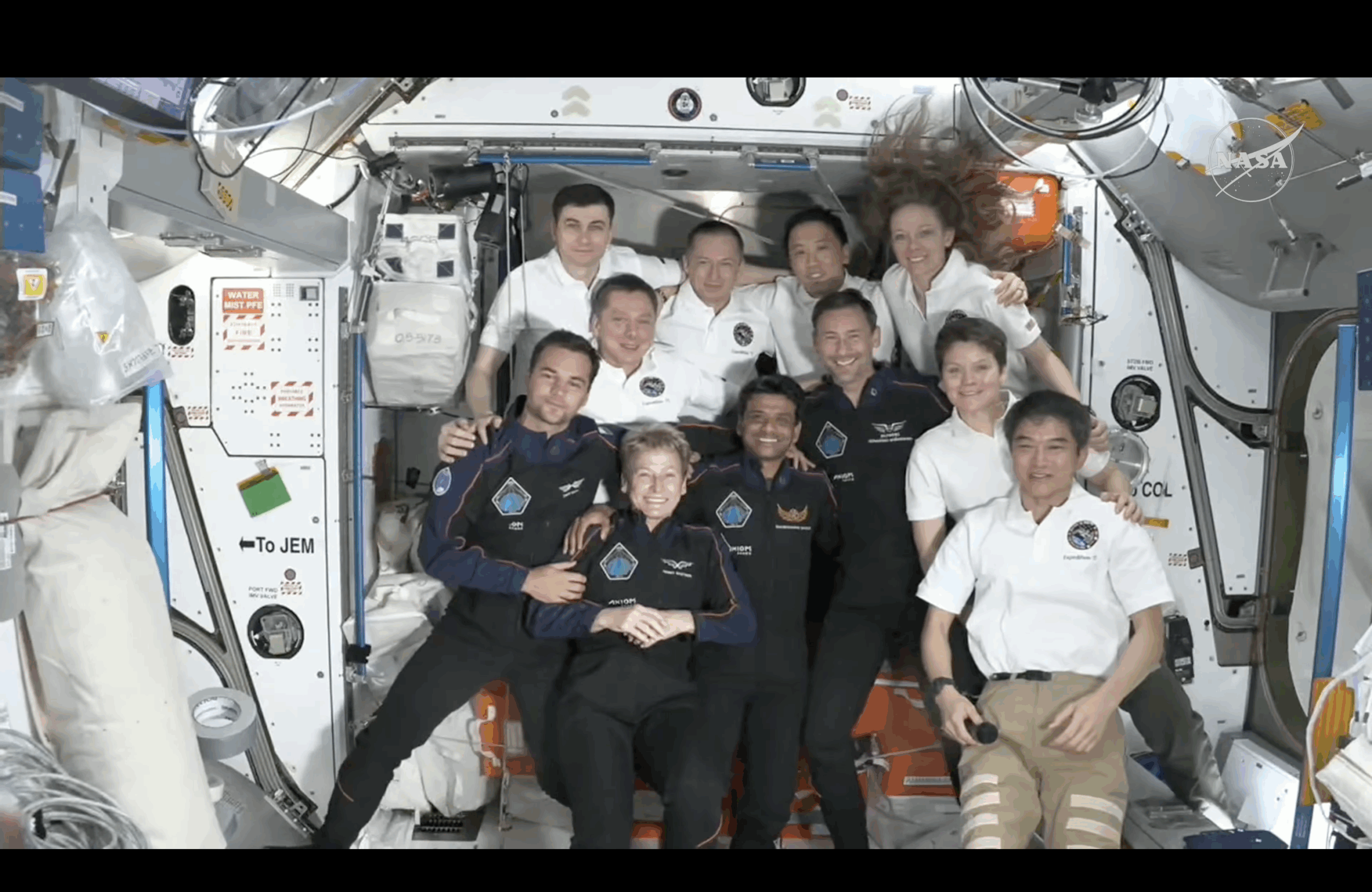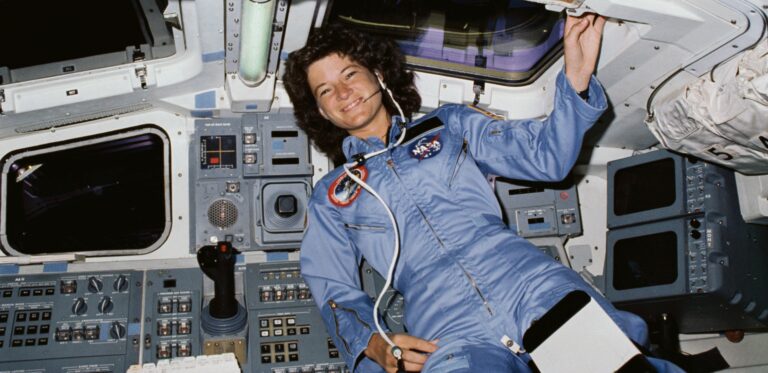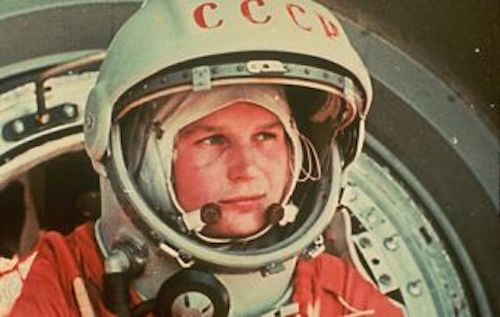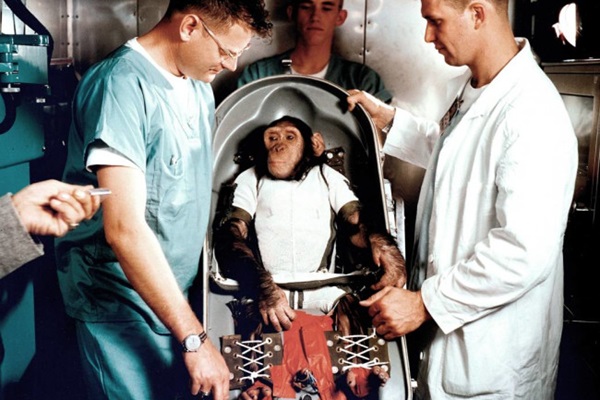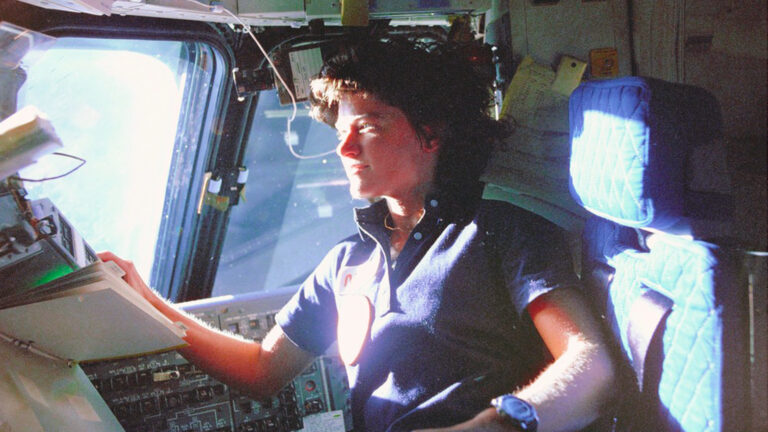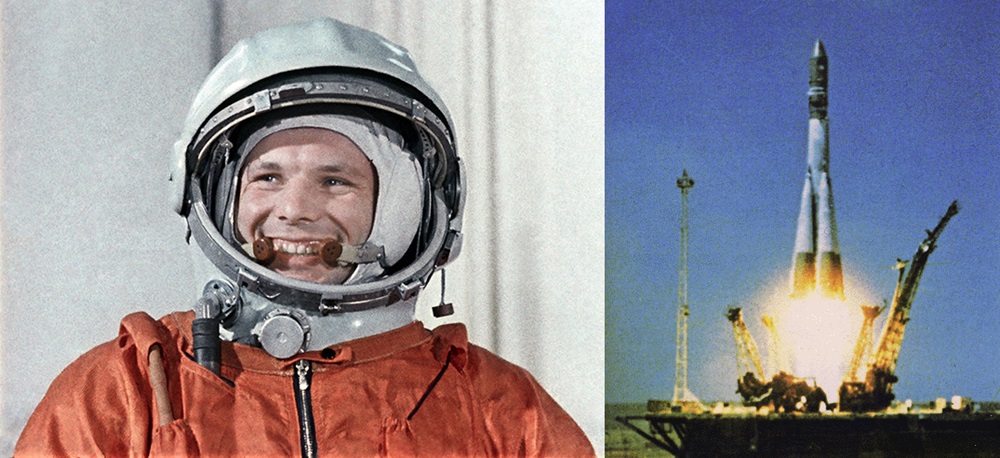
Key Takeaways:
Sixty-two years ago today, on April 12, 1961, Soviet cosmonaut Yuri Gagarin became the first human to venture beyond Earth’s atmosphere into space. The achievement rocked the world, not only sending the U.S. scrambling to even the score, but also opening up the door to the myriad possibilities that human space exploration could unlock.
Despite never sending a cosmonaut beyond low Earth orbit, the former Soviet Union and Russian Federation have a rich history regarding human spaceflight, contributing a great deal to human space exploration overall, including the upcoming Artemis missions. The Soviet Union was responsible for launching the first human to space, carrying out the first spacewalk, sending the first woman to space, assembling the first modular space station in orbit around Earth (Mir) — and most of these achievements were accomplished using the same space capsule used in the 1960s.
Here, we will examine the various Soviet/Russian human spaceflight programs that took place from the first human spaceflight in 1961 to the present day, with the hope of painting a clear picture as to how the country has contributed to human spaceflight overall. While the Soviet Union never landed a cosmonaut on the Moon, each subsequent Soviet/Russian human spaceflight program built off its predecessor, launching more advanced spacecraft and teaching humanity how to successfully live and work in outer space.
Vostok Program
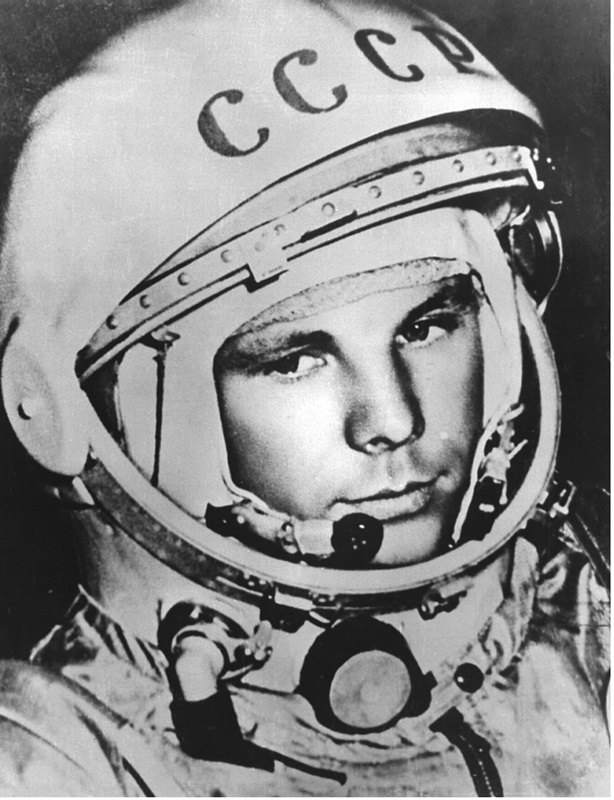
The first human spaceflight program for the Soviet Union was the Vostok program. This program consisted of single-occupant flights and accomplished a number of firsts for human spaceflight, beginning with the historic flight of Yuri Gagarin aboard Vostok 1 on April 12, 1961. With this flight, Gagarin not only became the first human to reach space (and a national hero), but also the first person to orbit Earth.
Vostok 2 launched Aug. 6, 1961 and carried Gherman Titov into space, making him the first person to spend a full day in space.
On Aug. 11, 1962, Vostok 3 sent Andriyan Nikolayev to orbit. It launched just one day before Vostok 4, which carried Pavel Popovich. The combined missions became the first simultaneous flights of two spacecraft, with both cosmonauts returning to Earth a few days later.
Vostok 5, launched June 14, 1963, carried Valery Bykovsky to space for nearly five days, setting the record for the longest solo flight at the time. Vostok 5 was also a joint mission with Vostok 6, which launched two days later on June 16, 1963, and carried Valentina Tereshkova, the first woman to go to space.
Voskhod Program
Building off the historic successes of Vostok, the Soviet Union continued their list of firsts with the Voskhod program, which consisted of only two missions.
Voskhod 1, which lifted off on Oct 12, 1964, was the first spacecraft to carry a multi-person crew to space, sending Vladimir Komarov, Konstantin Feoktistov, and Boris Yegorov to orbit for just over one day.
Voskhod 2 launched on March 18, 1965, sending Pavel Belyayev and Alexei Leonov into space for just over one day. During this flight, Leonov also conducted the first spacewalk in human history.
Soyuz Program
The year 1967 marked a turning point for Soviet human spaceflight, as they introduced the Soyuz spacecraft, which is still in use to this day.
But the Soyuz program got off to a rocky start when Soyuz 1 crash landed on April 23, 1967, the result of a catastrophic failure with the parachute system. The devastating crash claimed the life of cosmonaut Vladimir Komarov, making him the first person to die while carrying out a spaceflight.
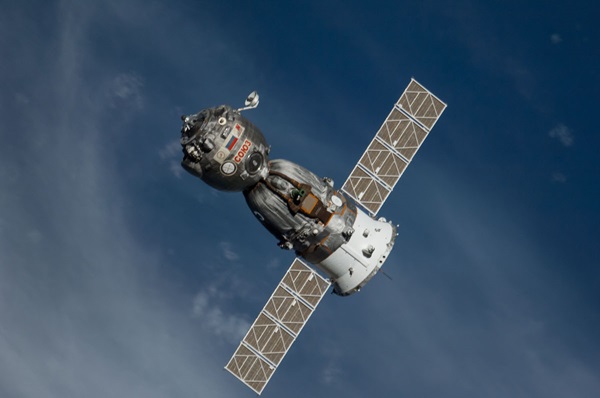
The next several Soyuz missions consisted of docking maneuvers and crew transfers in preparation for working on humanity’s first space station, Salyut 1, which was populated for the first time during the Soyuz 11 mission, launched June 6, 1971.
Unfortunately, while the three-person crew of Soyuz 11 successfully docked Salyut 1, staying aboard for 23 days, all three Soyuz 11 cosmonauts died from asphyxia prior to atmospheric reentry. The Soyuz 11 crew — Georgi Dobrovolski, Vladislav Volkov, and Viktor Patsayev — remain the only three space travelers to have actually died while in space, passing away above the internationally recognized boundary between Earth’s atmosphere and space known as the Kármán line.
Salyut Program
Despite losing cosmonauts in two of the early Soyuz missions, the Soviet Union soldiered forth with the Salyut Program, which consisted of a series of space stations launched between 1971 and 1982. (Salyut 1 became the world’s first space station in Earth orbit after its launch atop a Proton rocket on April 19, 1971.)
All the Salyut space stations were individually launched as single module designs that housed several crews, allowing them to conduct a myriad of both military and scientific experiments. Salyut 1 through Salyut 5 comprised the “first generation” of the station, serving as an engineering testbed. And Salyut 6 and Salyut 7 comprised the “second generation,” which housed better living quarters, a new refueling system, and multiple docking ports that allowed long-term stays.
Two additional space station modules were launched after Salyut 7, which were designated DOS-7 and DOS-8. DOS-7 became the first module for the forthcoming Mir Space Station, and DOS-8 became the early core of the International Space Station (ISS), Zvezda, which is still in orbit.
Mir Space Station
Building off the successes of Salyut, the Mir space station was the first long-term, multi-modular assembled space station in history. Mir ultimately boasted six modules capable of supporting a crew of three for long-term missions, and even more crew members for short-term missions. Mir operated from 1986 to 2001 and supported crews until 2000.

Mir’s first module, DOS-7, was launched Feb. 20, 1986, and the last module, Priroda, was launched and added to Mir in April 1996. During its almost 15 years of service, Mir enabled an unprecedented stretch of a continuous human presence in space for almost 10 years, eventually being surpassed by the ISS. Over the course of Mir’s life, cosmonauts carried out approximately 23,000 scientific and medical experiments.
When the Soviet Union collapsed in 1991, one cosmonaut, Sergei Krikalev, was temporarily stranded aboard Mir following the collapse. And while Mir survived several years after the collapse of the Soviet Union, the construction of the ISS combined with ongoing failures throughout the station forced Russia to eventually retire it, performing a controlled reentry into Earth’s atmosphere on March 23, 2001, disintegrating the record-setting space station.
Russian Space Shuttle Program
The Soviet Union attempted to build its own reusable space shuttle system with Buran (the shuttle) and Energia (the launch vehicle) during the 1980s. Buran only carried out one flight, while Energia only carried out two flights.
Budget constraints coupled with the collapse of the Soviet Union ultimately led to the cancellation of both Buran and Energia.
International Space Station
While Mir was last inhabited by humans in April 2000, a Soyuz spacecraft, Soyuz TM-31, successfully delivered Expedition 1 to the ISS in October that same year. This served as the 84th launch of a Soyuz craft.
Since that time, the Soyuz has successfully visited the ISS a total of 61 times. Over that span, only one launch saw a major malfunction. Soyuz MS-10, which lifted off Oct. 11, 2018, experienced a booster failure that led to an emergency abort. Fortunately, the entire crew survived the ordeal.
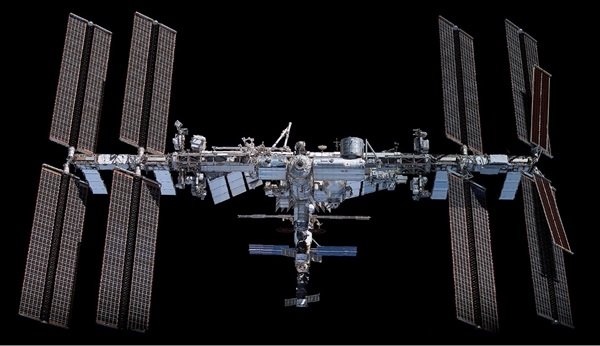
The future of Russian spaceflight
For now, Russia continues to ferry astronauts to the ISS with its still-reliable Soyuz spacecraft. But in July 2022, the country announced its plans to end its partnership with the ISS as early as 2024 while simultaneously revealing plans to build its own Earth-orbiting outpost.
Despite Russia not having immediate plans to send cosmonauts to the Moon like NASA’s Artemis program hopes to do in 2024 and 2025, in September 2022, Russia and China announced their intentions to build a joint base on the Moon by as early as the mid 2030s.
But no matter what ends up happening over the next several decades, there is no doubt that the success of human spaceflight that we see today is due in large part to the successes — and failures — of the Soviet/Russian human spaceflight program.



